Forget spring cleaning, we humans are programmed to tidy up each autumn – raking, pulling, and cleaning garden beds. But when it comes to perennials and grasses, there are good reasons to hold off on cutting plants back until late winter or early spring.
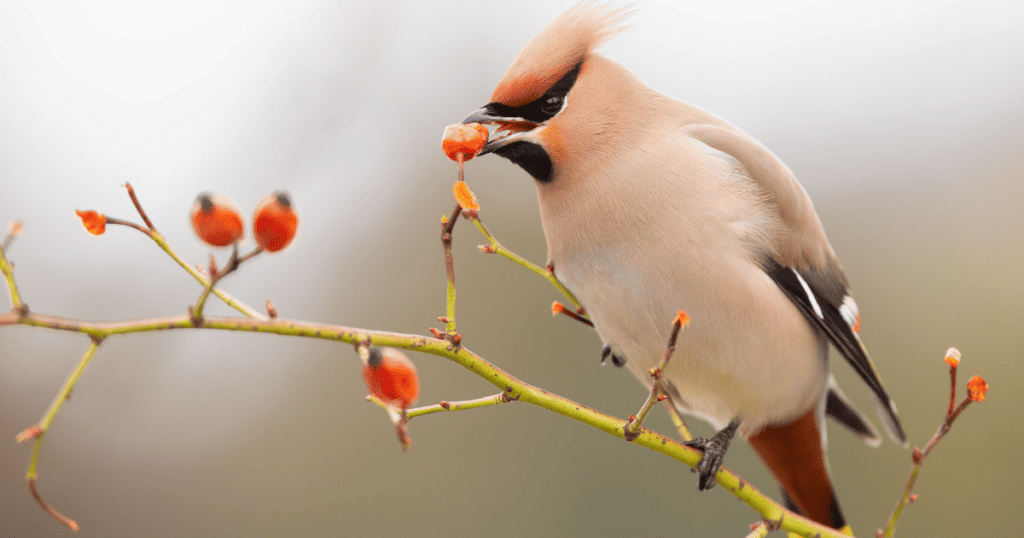
Feed the Birds
Many perennials and grasses enter the dormant season with fully developed seeds still in place – the perfect food for winter birds. Nuthatches, towhees, chickadees, and other songbirds will flock to your perennial garden to feast on the seeds of black-eyed Susan, coreopsis, sunflowers, gaillardia, and ornamental grasses like Carex.
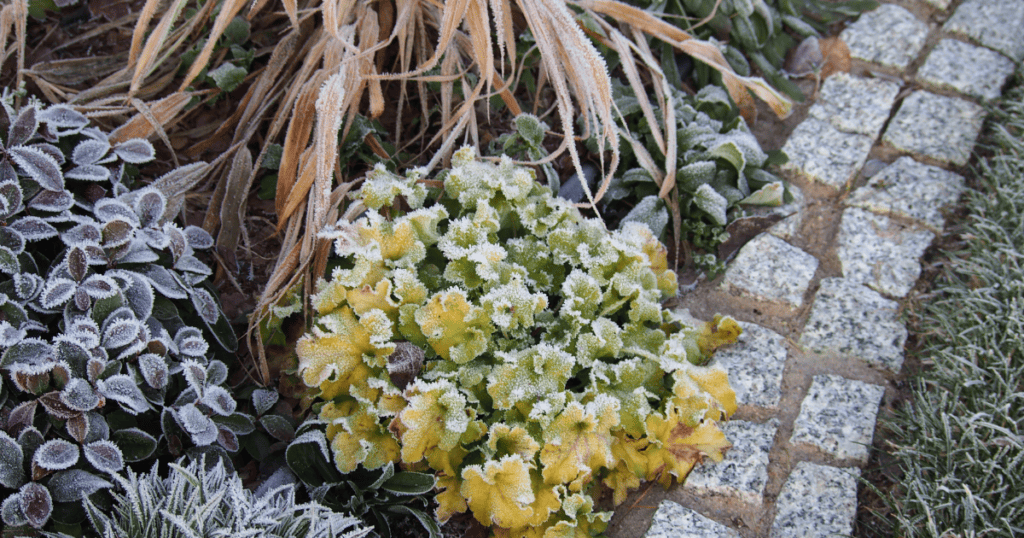
A Warm Blanket
Leaving the shoots and leaf blades in place over the winter helps protect the crown or growing point of the plant by insulating against cold temperatures. Leaving the tops in place on your tender perennials can increase the chance they survive the winter. Mulch can also be helpful, especially for shallow-rooted plants like heuchera, heucherella, astilbe, and strawberry. Wildlife also benefit from leaving the foliage of perennials and grasses in place over the winter—they offer protection from the wind and cold and are often used to build shelter.
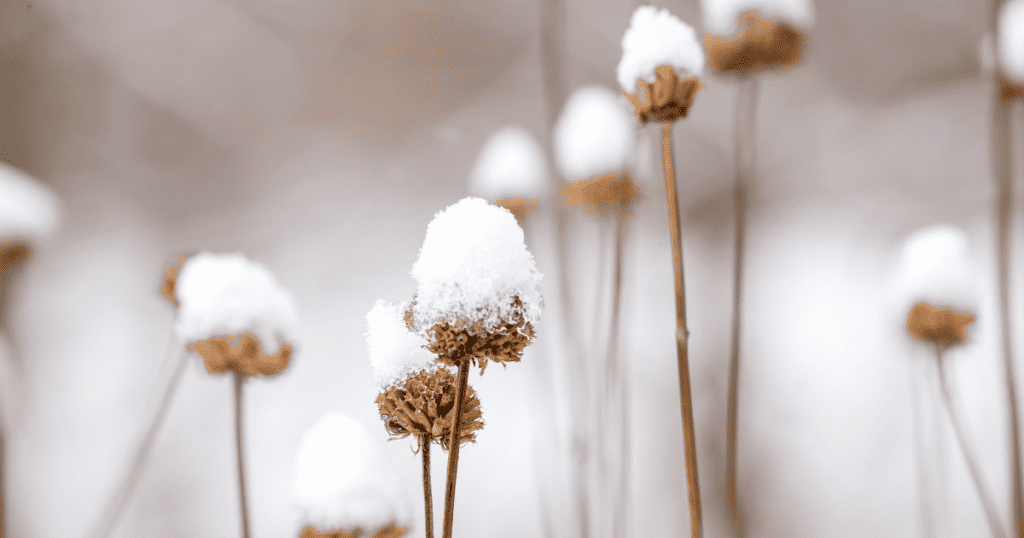
A Thing of Beauty
Dried seed heads, long grass blades, and sturdy stems add structure, height, and texture to the winter garden. Many grasses hold their autumn hues all winter long, while dried seed heads attract colorful birds to the garden. Perennials like ‘Amistad’ Salvia or Nectar Blue Salvia will discard spent blooms on their own in November (no need to deadhead!) and maintain vibrant foliage through the winter.
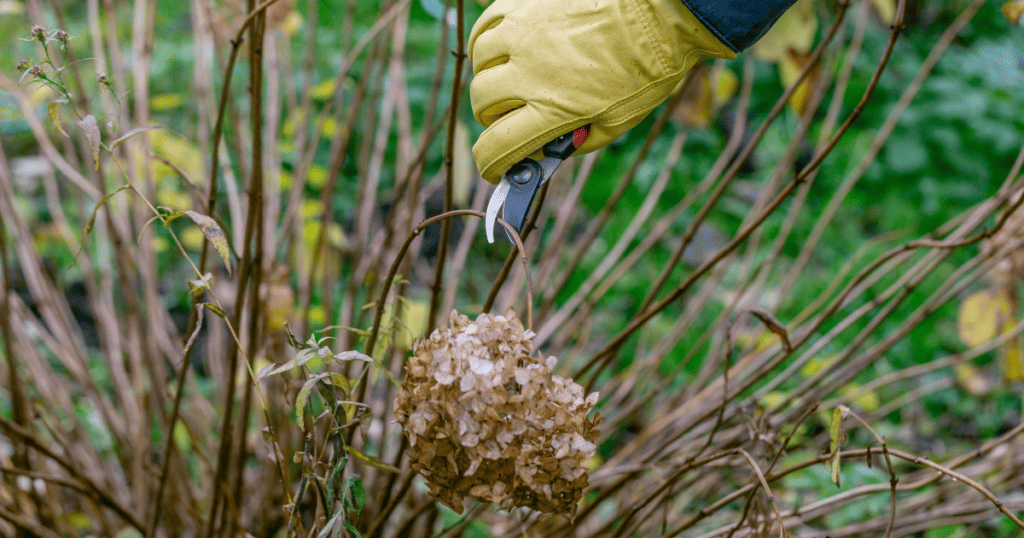
The Exception
There are very few arguments in favor of cutting back perennials in autumn rather than spring. The main exception is diseased foliage. In this case, you should remove and destroy the infected tissues in the fall. This reduces the amount of dormant disease organisms that can re-infect plants the next season.
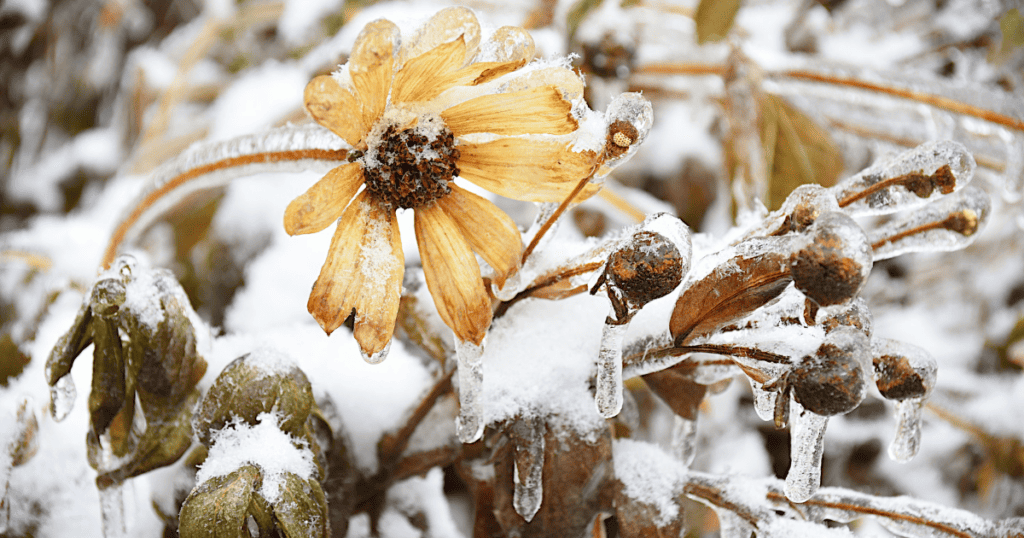
Take a cue from Mother Nature this fall and resist the urge to tidy. You will be doing wildlife – and plants – a favor while maintaining lovely views all winter long.
